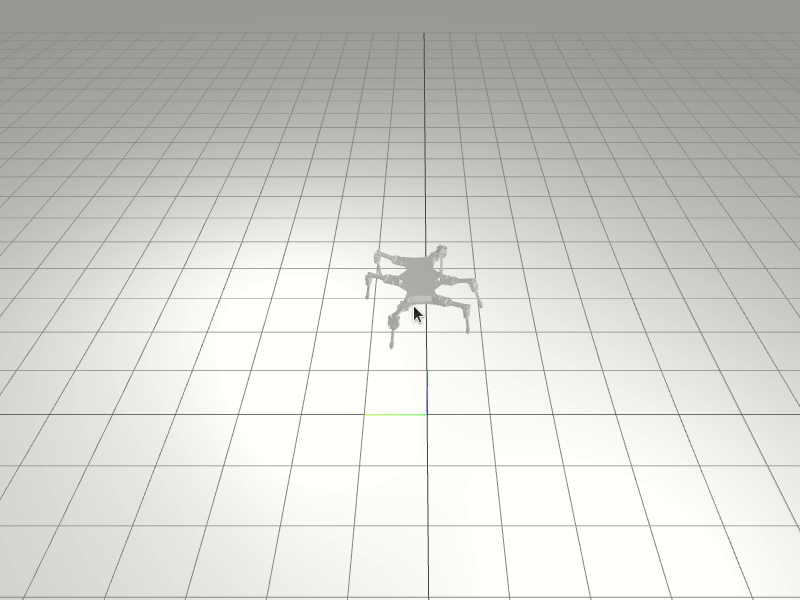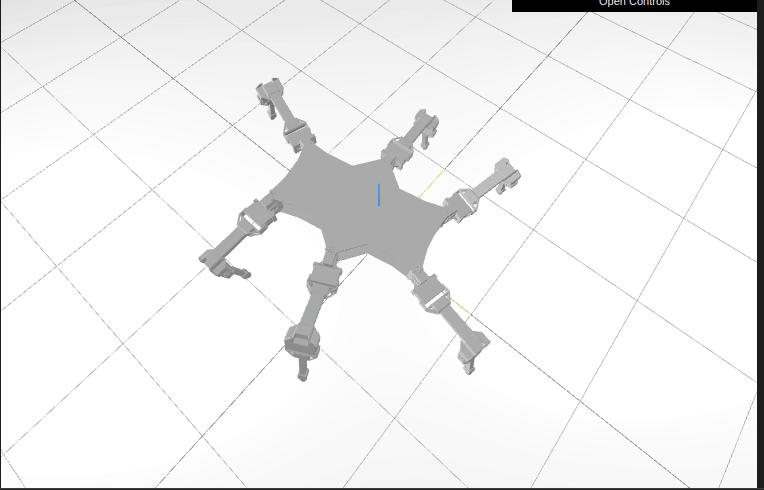Scientific results
Summary
We developed a self-organizing dynamical system for generating locomotion patterns for legged robots by incorporating propriosensory feedback. Such a model may have impact on several different fields of science:
As an interesting adaptive dynamical system it may serve as a prototype for studying locomotion from a complex systems viewpoint. Toy models that are simple enough for in-depth numerical/analytical investigations, have proven to be extremely useful in physics in the past few decades (see for example the Ising model, the Kuramoto system, the Van der Pol oscillator, etc).
On the other hand, the proposed complex systems framework may allow for a deeper understanding the physics of robotic locomotion in terms of an overarching dynamical system across the brain/controller, body, and environment.
Finally, the concepts and methods developed here may be also useful for the study of animal locomotion. More precisely, the control algorithms implemented by the neural networks of simple animals (worms, larvae, insects) may also be studied with the approach followed here.
Legged robots
Simulated hexapod
Simulations performed with RigidBodyDynamics.jl
Forward locomotion in tripod gait 
Turning in tripod gait 
Real-world hexapod
Experiments performed with Dynamixel AX-12 smart servos of the PhantomX hexapod
